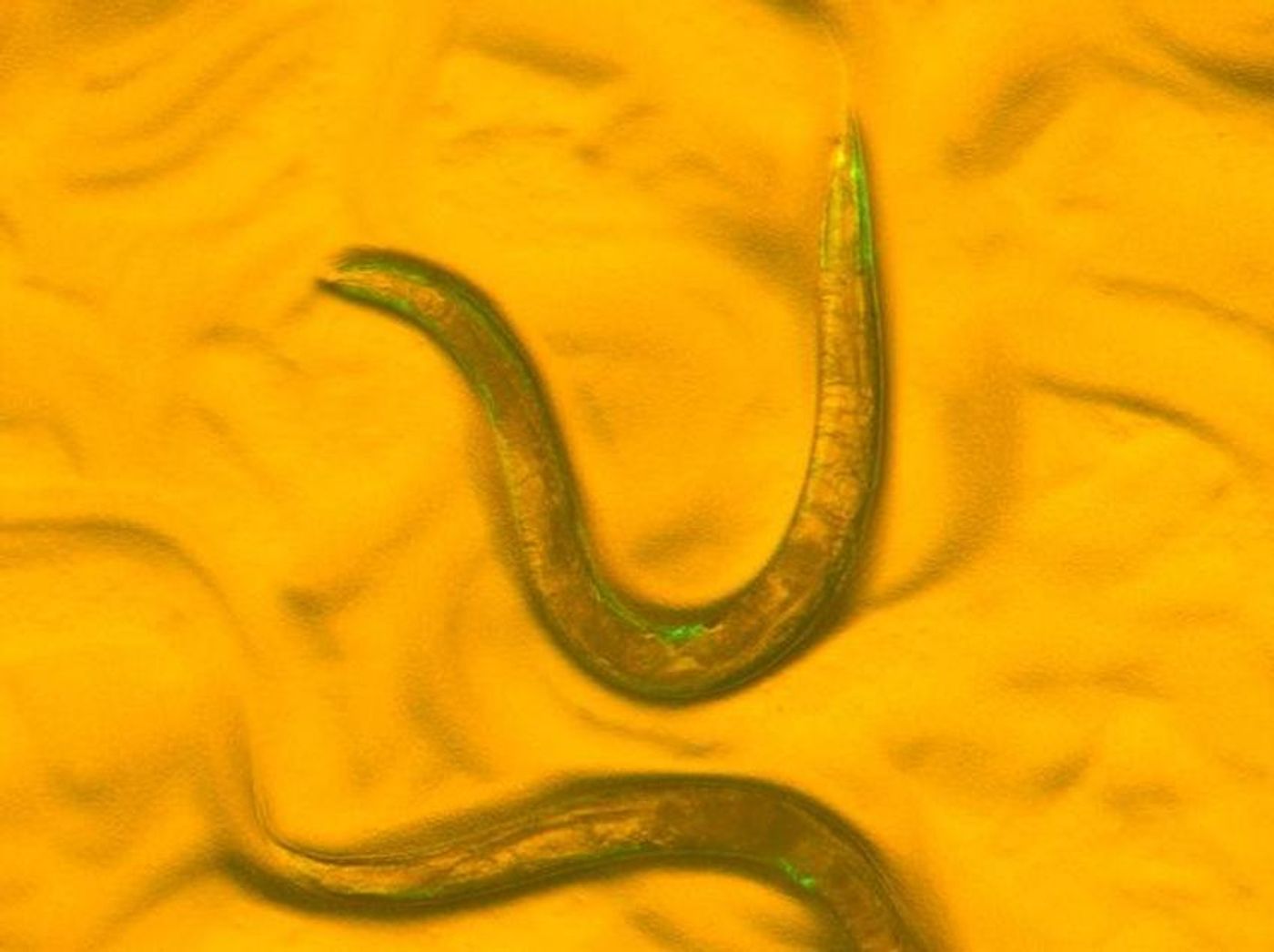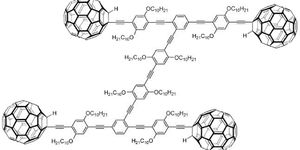Assessing Quality and Quantity of Life in Anti-aging Therapies
Researchers have long wanted to understand aging, and people have been searching for a way to stop the aging process for hundreds if not thousands of years. But when people imagine themselves living an extended life, they think of it spent in good health, not just prolonging the period we spend as frail and sick adults. New work published in Journals of Gerontology: Biological Sciences has described the use of parameters in a model organism to characterize not only the physiological markers of old age but also those predictive of good health into old age.
In this work, the researchers utilized C.elegans, a roundworm commonly used in molecular studies. Many recent aging studies have been done in mice, and they have suggested that lifespan can be extended significantly. It will be important to figure out what effect such treatments have on health, however. New tools in genetics might help answer those questions, and help investigators not only extend quantity of life, but also extend the and improve the quality of life.
“All anti-aging interventions aren’t created equal,” said post-doctoral researcher Jarod Rollins, Ph.D.,one of the lead investigators of this work. “A recent study in C. elegans found, for instance, that the proportion of life spent in a frail state is longer in long-lived mutants than in wild-type animals. Our research is aimed at developing tools to help scientists assess the effect of lifespan-enhancing interventions on health span.”
C.elegans is especially popular in research on aging because it has a lifespan that only lasts a few weeks. That way, it’s very easy to assay the effects of therapeutics that target aging. It’s also relevant to human health; there are many genes common to both humans and roundworms.
One marker identified by the researchers is speed of movement, which was predictive of a healthy lifespan. Movement speed correlates to walking speed in humans, already found to be a good predictor of longevity in people. The scientists plan to fully describe how movement speed can be used in studies that analyze anti-aging therapies and in aging research.
The work was done at MDI Biological Laboratory in Bar Harbor, Maine; the lab is especially interested in the molecular mechanisms of aging and regenerative medicine.
“As science closes in on the mechanisms underlying aging, the tradeoffs between lifespan and health span become a greater cause for concern,” said Kevin Strange, Ph.D., president of the MDI Biological Laboratory. “The scientists in the Rogers laboratory are at the forefront of developing metrics to assess the impact of anti-aging interventions on quality of life.”
Neil deGrasse Tyson has some thoughts on longevity and living life to the fullest.
Sources: AAAS/Eurekalert! via MDI Biological Laboratory, Journals of Gerontology: Biological Sciences









